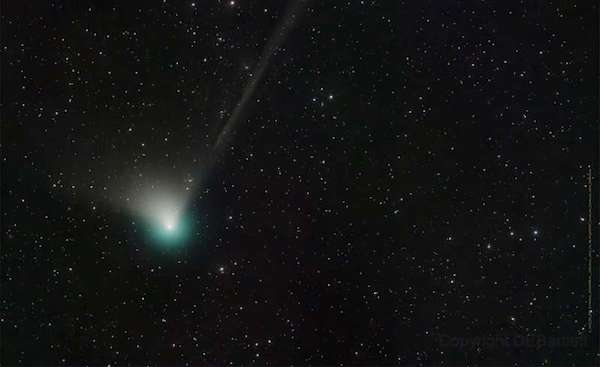
(quote)
In the 1930s, a group of archaeologists and explorers looking for the remains of the Mayan civilization went deep into the rainforest, where they did not find the remains of the Mayan civilization, but unexpectedly discovered many tunnels. Most of these underground tunnels are distributed in Brazil and Argentina. At the same time, there seems to be no unified construction standard for these tunnels. They vary in size and depth. Some are hundreds of meters long and tens of meters short. Later, more and more tunnels were discovered, and the number of these tunnels even exceeded 10,000. After identification by scientists, it was found that these tunnels were built at least 13,000 years ago.
Among the thousands of tunnels discovered, the most famous one was probably discovered in Brazil in 2010 by a professor named Frank . At first, Professor Frank first discovered a huge cave. The cave was built very large, and there were signs of excavation on the walls and roof. After Professor Frank walked into the cave, he found a tunnel with a length of 610 meters and many branches. This tunnel is about 4 meters wide, and the walls are covered with traces similar to tool digging.
Researchers have found several colossal burrows in South America that are so huge and neatly constructed, you’d be forgiven for thinking humans dug them as a passageway through the forest.
It was in 2010 that Amilcar Adamy first investigated rumors of an impressive cave in southern Brazil. A geologist with the Brazilian Geological Survey (known by its Portuguese acronym, CPRM) Adamy was at the time working on a general survey of the Amazonian state of Rondonia. After asking around, he eventually found his way to a gaping hole on a wooded slope a few miles north of the Bolivian border.
A few years earlier, and about 1,700 miles to the southeast, another Brazilian geologist happened upon a different, equally peculiar cave. Heinrich Frank, a professor at the Federal University of Rio Grande do Sul, was zipping down the highway on a Friday afternoon when he passed a construction site in the town of Novo Hamburgo. There, in a bank where excavators had eaten away half of a hill, he saw a peculiar hole.
When Frank found a suitable passage, he squeezed through an elliptical shaft roughly four-feet wide, 65-feet long and lined with claw marks. Extrapolating from the original size of the hill sliced away for the highway, he calculated that the original burrow was about 250 feet long, not counting for twists and turns that it surely once included.
(unquote)
Image courtesy Heinrich Frank







Amazing!